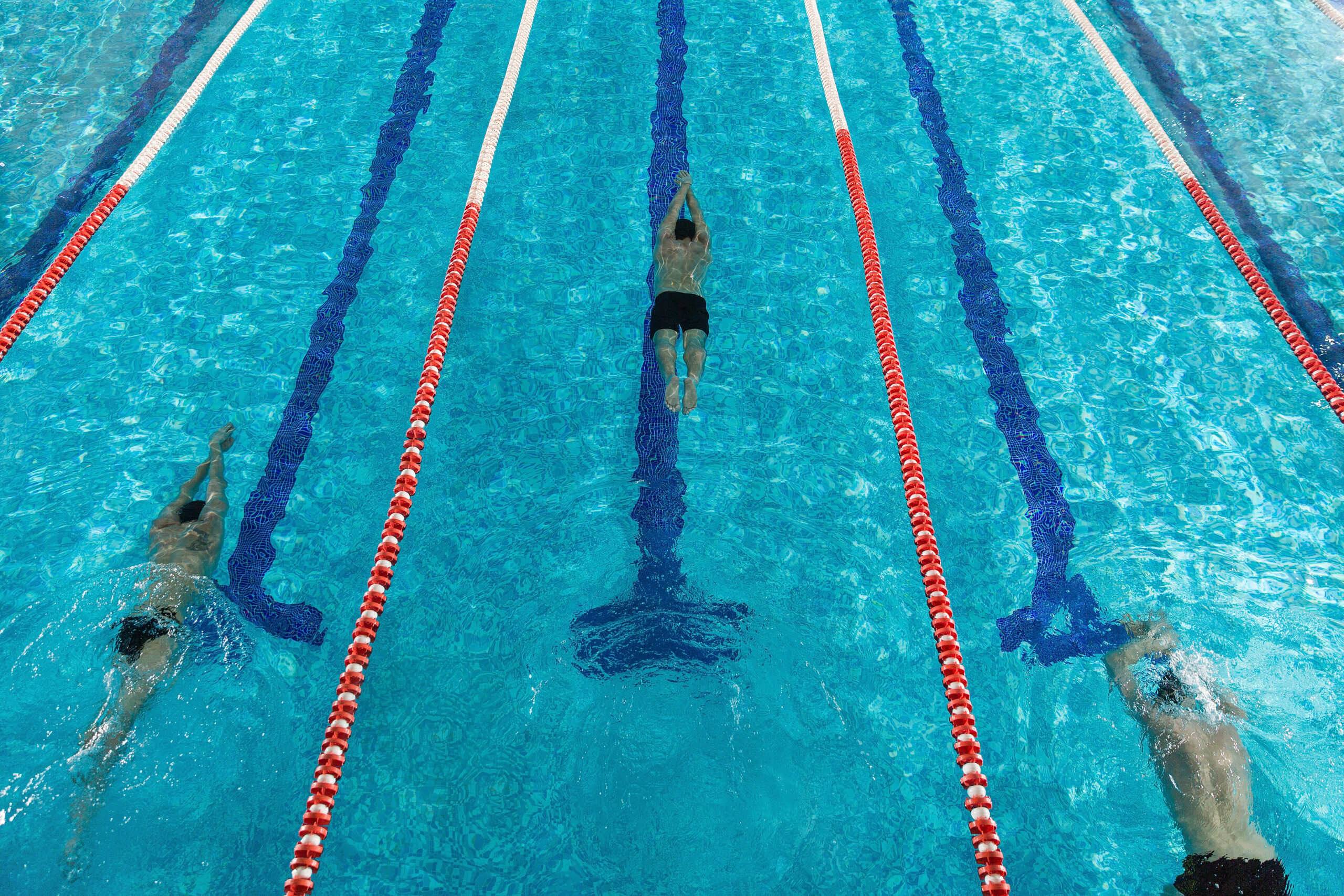
Synchronized swimming, sometimes referred to as “synchro”, is a hybrid sport that blends the grace of dance with the athleticism of swimming. In synchronized swimming, swimmers perform choreographed routines both individually and in groups, while matching their body positions and synchronized moves in time with music. One of the most visually stunning and technically demanding disciplines within synchronized swimming is the synchronized duet event.
Famous Swimming Duets
Throughout the evolution of synchronized swimming as a competitive sport, certain duets have risen to legendary status for their technical precision, artistry, and perfect unison in the water. In the 1980s, the Japanese duo of Miya Tachibana and Miho Takeda took the sport by storm, winning gold at the 1986 World Aquatics Championships and captivating audiences with their incredibly synchronized moves. In more recent decades, Russian pair Natalia Ishchenko and Svetlana Romashina have dominated the duet scene, earning multiple world and Olympic titles while advancing the complexity and difficulty of maneuvers in their stellar performances together. Their creative lifts, spins, and acrobatics performed in flawless unison have inspired awe around the world. Such exceptional duets demonstrate the pinnacle of technical and artistic achievement in synchronized swimming today.
Importance of Developing Shared Technical Skills and Timing
According to synchronized swimming coach Lisa Schott, a successful duet begins with both swimmers having strong foundational skills, conditioning, and experience in the sport. Schott emphasizes that partners must share competency with sculling techniques, height and control of lifts, and comfort being upside down underwater – skills unique to synchronized swimming. Additionally, swimmers must develop near perfect timing and an ability to instinctively match their partner’s speed, angles, and movements. Mismatched skill levels or lapses in timing can lead to collisions, failed lifts, or other breakdowns in form that result in deductions during competition. Extensive training together is required for duet partners to develop complementary technique and flawless timing.
| Skill | Description |
|---|---|
| Sculling | Underwater arm motions that generate force to maneuver and maintain position |
| Lifts | Raising partner out of water through strength and technique |
| Underwater comfort | Ability to perform skills and moves upside down below water |
Achieving Symmetry, Unison, and Mirror Synchronization
Beyond foundational skills, achieving visual symmetry, precise unison moves, and mirror-like synchronization separates exceptional duets from average ones. When perfectly in sync, duet swimmers appear to be flawless reflections of one another, moving as if they share one mind.
According to Canadian Olympic coach Debbie Muir, striving for perfect mirror symmetry in body lines, angles, and height out of the water is key. Distinctive differences in swimmers’ flexibility, height, or range of motion can make this challenging. However, through extensive practice and video analysis, swimmers can learn to match their partner’s angles and adapt their flexibility to achieve mirrored positions.
Muir also emphasizes the importance of drilling unison moves like kicks, twists, and platform stunts. Both swimmers must hit positions at the exact same moment with matching intensity. A lack of unity is immediately evident to judges’ trained eyes. Judges also look for creative, innovative moves performed in perfect unison to reward advanced duets.
Developing Chemistry, Communication, and Trust On and Below the Water
Mastering the technical synchronization of a duet is challenging enough, but coaches agree that the most exceptional duets develop an almost extra-sensory chemistry and connection in the water. This implicit communication and trust enables partners to instinctively read each other’s body language below the surface when vision is limited.
Coach Lisa Schott focuses on in-water communication drills where partners visually cue each other underwater to develop this connection. Debbie Muir also emphasizes that solid interpersonal chemistry and complete faith in one another’s skills is critical, especially when attempting challenging lifts and throws. Muir adds that the very best duet partners eventually reach a point where they can feel when their partner is slightly off and intuitively compensate in a way that maintains perfect oneness in the routine.
All in all, achieving this harmony and symmetry in a synchronized swimming duet requires years of training together to engrain timing and develop chemistry. While challenging, the pursuit of technical excellence, unity, and symmetry in synchronized swimming duets represents one of the most visually stunning displays of skill and human connection in the sporting world. When two swimmers truly become one within the waters of competition, they reach the pinnacle of achievement in their sport.